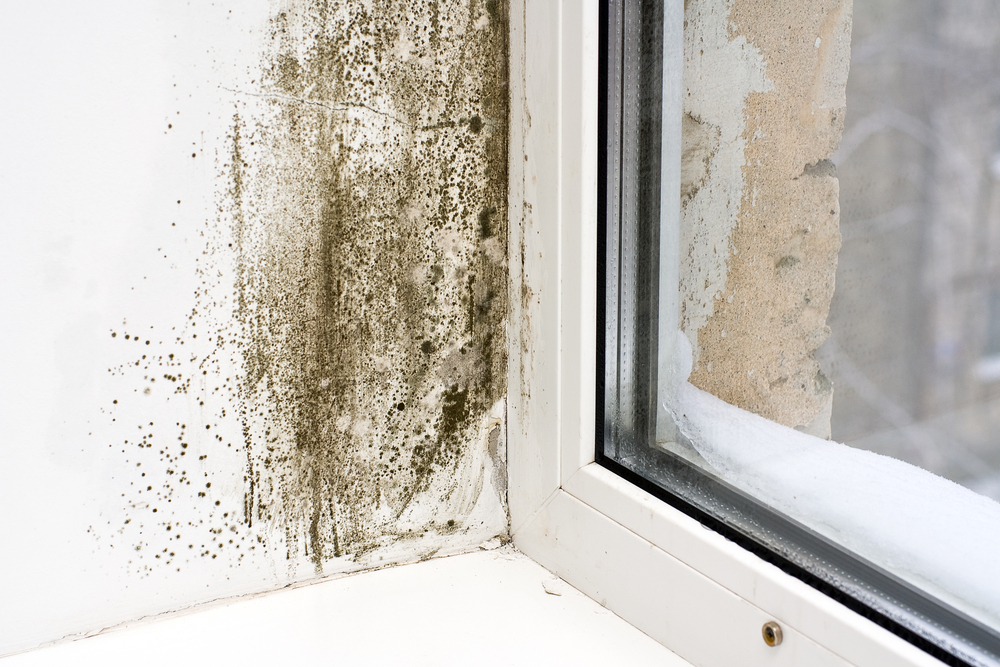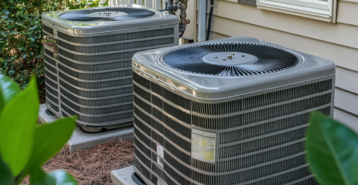Are you doing a windows project?
Modernize can pair you with three to four pros in your area, so you can compare options and save time and money.
If you only worry about your windows during cold winter months, you’re wasting a lot of energy. That’s because windows can allow so much hot air to seep into your living space during the summer—and lose conditioned cool air as well — which makes your home uncomfortable and hikes your AC bill — yikes!
But there are plenty of ways, both big and small, to make adjustments and reduce heat transfer in and conditioned air transfer out. Here are our best tips to save you both money and precious energy during the hottest months of the year.
Weatherize
First and foremost, seal up all leaks and cracks around your windows, using caulking and/or weather stripping. You can get supplies at your local hardware store to seal up the inside and outside of your windows in just a single afternoon.
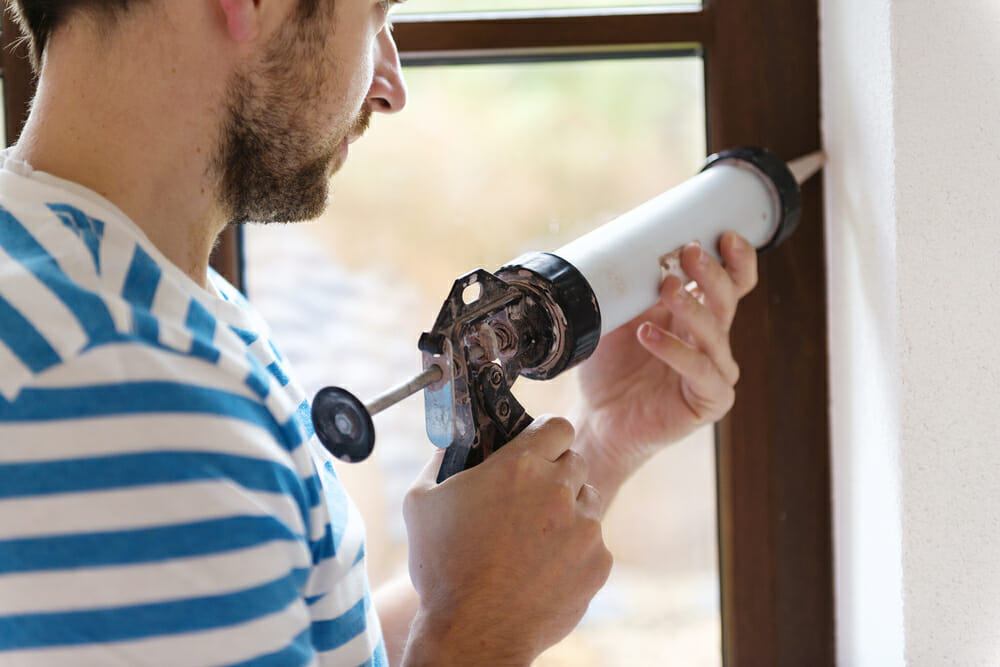
Keep in mind that, to be effective, the window treatment must trap and hold air between the treatment and the window. Whichever treatment you choose, fit it as tightly as possible all the way around the window and, ideally, about one inch from the glass.
Honeycomb Window Shades
If you’re looking to maximize energy efficiency, skip single louvered panels, whether made of aluminum or vinyl. Instead, aim for shades constructed in a cellular or honeycomb pattern. Triple-combed shades are the most efficient, though double-combed are less expensive and also help provide insulation. Honeycomb shades work by creating an insulating pocket of air in each cell that separates the window air space from the room air space. When not in use, the blinds fold up into a thin band at the top of the window. When down, they provide an effective barrier to the outside air, but still let enough light in that the room can be bright — unless you’ve chosen a very dark, sun-blocking shade. Mount shades as close to the window as possible to create a seal that will minimize heat gain and loss.
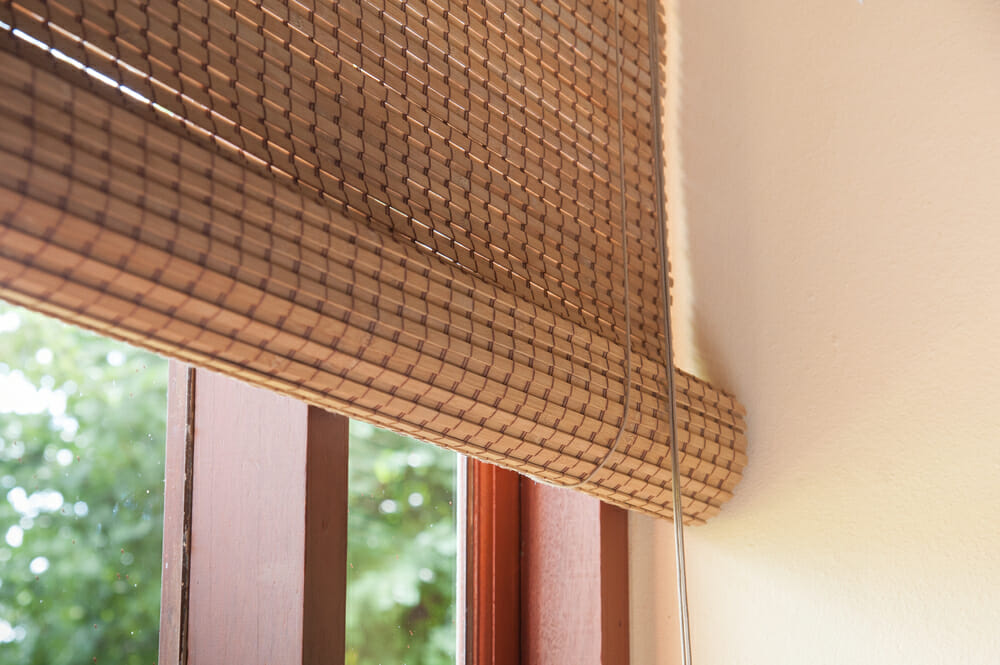
Roller Shades
Roller shades are made from heavy-duty fabric (or even wood, as pictured above) mounted on a track that runs inside the window frame. When the shade is down, very little air will pass through the window.
Insulated Window Quilts
The quilts affix to the window frame with VELCRO® Brand strips so they can be put up or taken down depending on how hot (or cold) it is outside and how much air you want to block. Quilts are particularly effective on French doors, since large panes of glass can be harder to caulk and weatherstrip. Though they’re extremely effective at creating an air barrier, the downside is that they let absolutely no light through. They’re better used at night than during the day unless you’re not home and don’t need daylight in your house.
Find the Right Contractor for Your Windows Project
Whether you’re ready to begin your project now or need some expert advice, our network of contractors are here to help. With a few simple questions, we’ll find the best local professionals for you
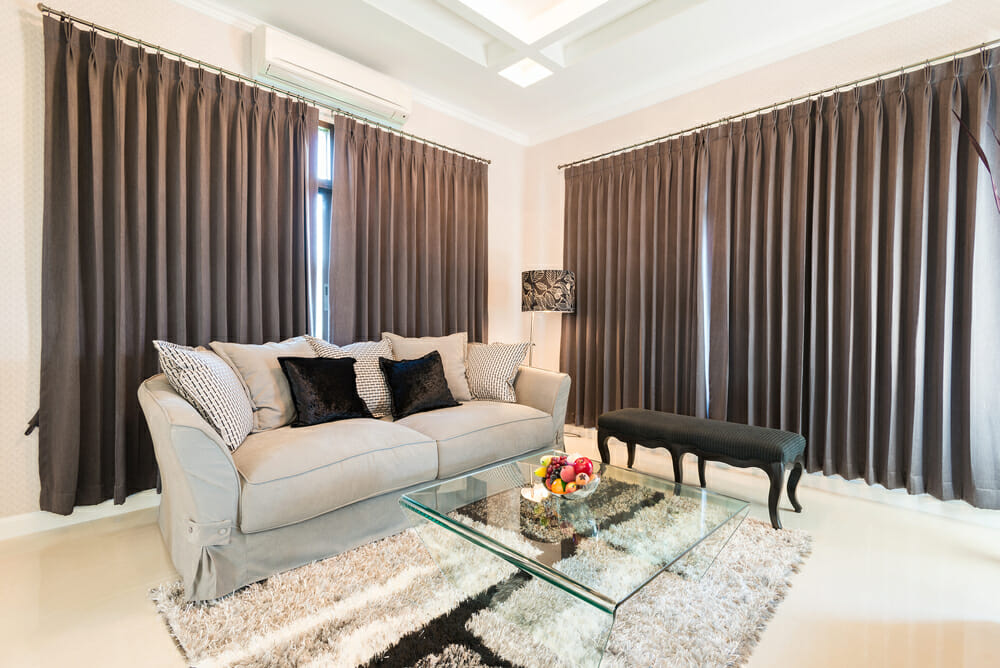
Draperies
Draperies can reduce heat transfer into a room both by containing air that gets through the windows in the space between the drapes and the windows, and also by blocking hot sunlight from getting through the windows to heat up the rest of the room. The closer the fabric weave, the more effective they’ll be at blocking air passage. Hang the drapes as near to the ceiling as possible, letting them fall onto the windowsill or floor rather than leave gaps where the air can flow into the interior space. You can use VELCRO® Brand strips or magnetic tape to attach drapes to the wall or window frame, effectively sealing the drapes on all four sides of the windows they’re covering.
High-Reflectivity Films
Highly reflective window film blocks sunlight in summer and winter, so it’s best used in climates that have a very long cooling season, such as in the southern U.S. Choose a silver, mirror-like film over a colored and transparent one to maximize reflectivity. East- and west-facing windows will benefit the most from an application of these films. One disadvantage is that the films may reduce interior light or restrict your view to the outside.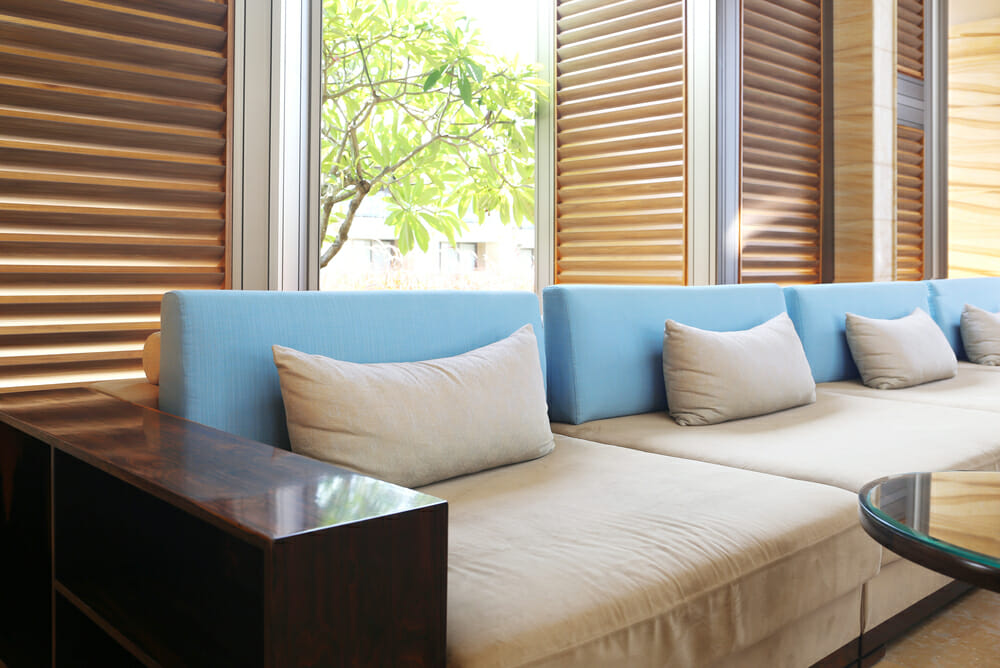
Insulated Panels and Shutters
These shutters either fit over the entire window snugly so that no air can escape, or they fit inside the window frames exactly so that when they’re closed, they seal the windows completely. They’re made from a wooden frame covered with insulation and decorative fabric for an aesthetically pleasing look.
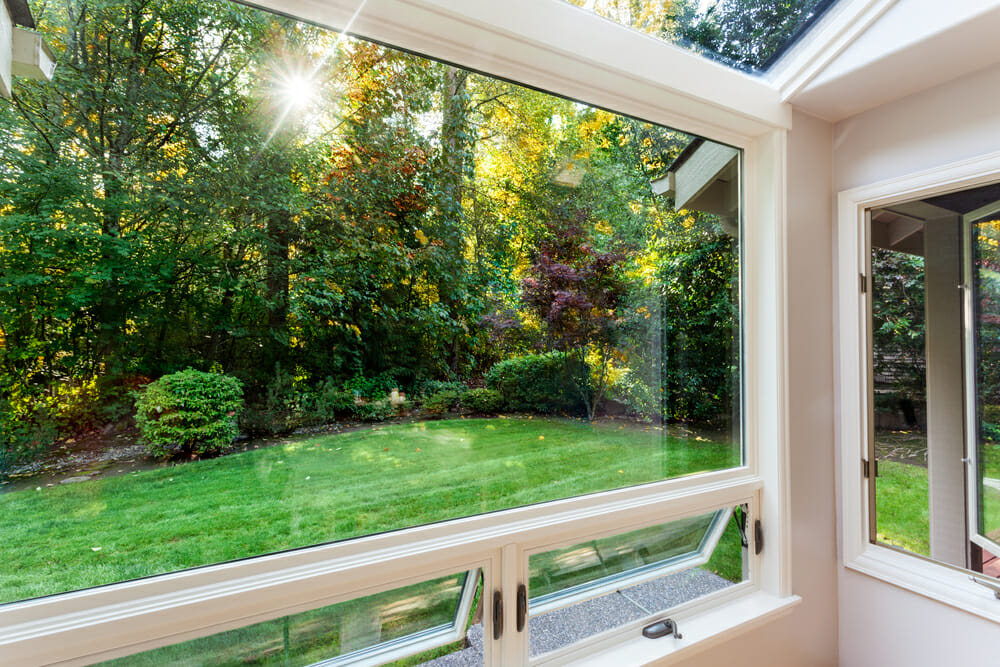
Replacement Windows
If you’re looking for a more long-term solution, the wise choice (and the ultimate treatment!) is to invest in new windows. According to the U.S. Environmental Protection Agency (EPA), ENERGY STAR certified windows lower household energy bills an average of 12% nationwide. You can save between $101 and $583 a year when replacing single-pane windows, which is equivalent to 51 to 317 gallons of gasoline.
It’s best to avoid single-paned windows if possible. In fact, according to Cornell University, “A double-glazed window loses only half the heat of a single-glazed window and is cost effective. Triple glazing reduces the heat loss another 30% but usually is not cost-effective. Each additional layer of glass reduces the solar heat gain.” This is a good rule of thumb to keep in mind whether you’re replacing old windows or buying windows for new construction.
Find the Right Contractor for Your Windows Project
Whether you’re ready to begin your project now or need some expert advice, our network of contractors are here to help. With a few simple questions, we’ll find the best local professionals for you
Reviews from Real Homeowners
Welcome to Homeowner Resources! We are the Modernize blog. Modernize pairs more than 3 million homeowners a year with pre-vetted contractors in their area. This blog started because we believe homeowners should know everything about their homes, from how their HVAC works to which front door colors they might love. On Homeowner Resources, you can find information on every part of your home, right down to how you can negotiate with contractors to get the best price. Here's more about the blog.
Need a contractor? Learn more about how Modernize finds the right pro for you.


